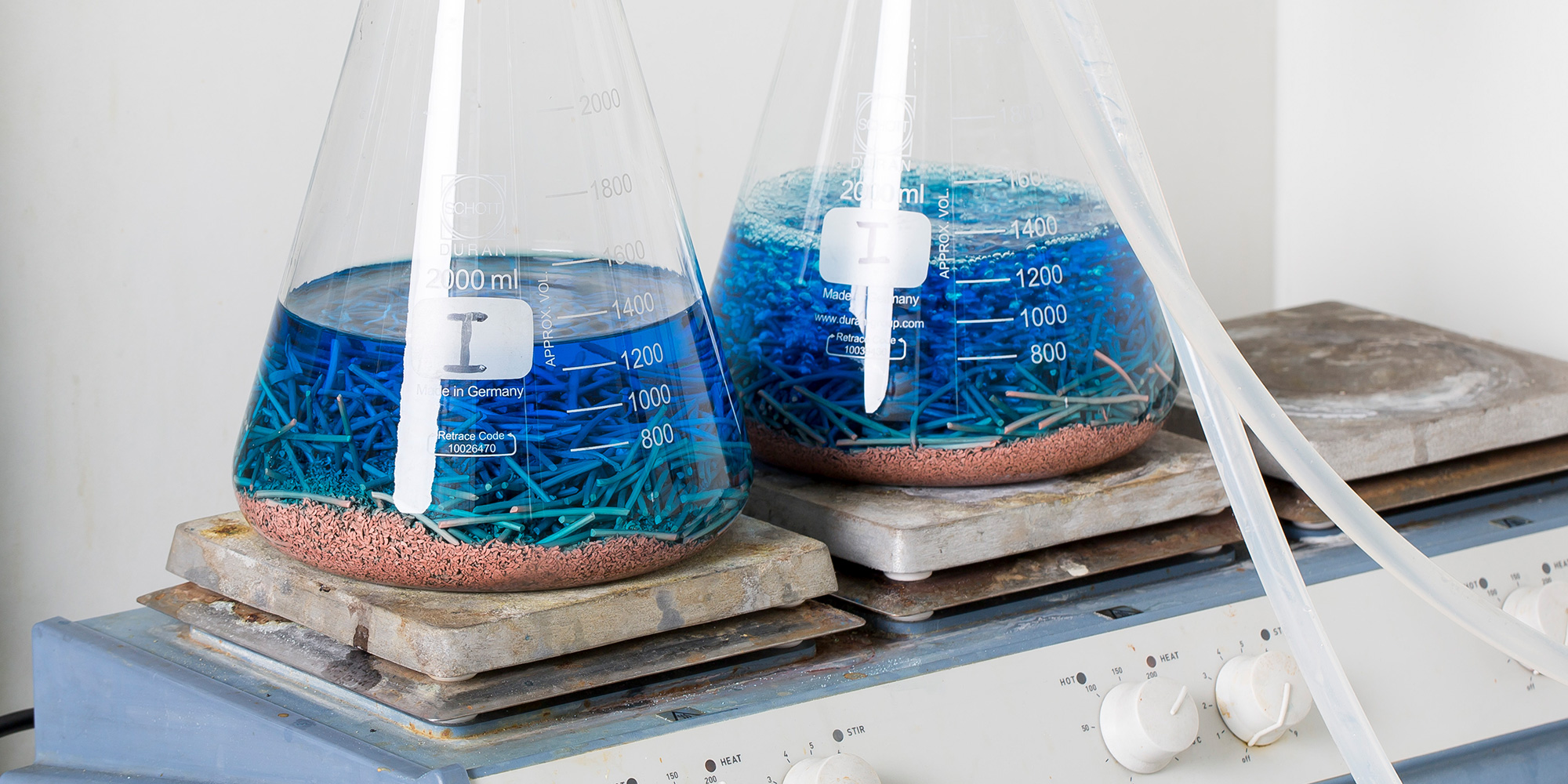IP 287 High Temperature Corrosion Resistance Test
The IP 287 High Temperature Corrosion Resistance Test is a critical method used in quality assurance and compliance for the oil & gas industry. This test evaluates materials' resistance to corrosive environments under high-temperature conditions, which are typical of many operational settings within this sector. Understanding material integrity at these temperatures ensures that equipment remains functional over its lifecycle, thereby enhancing safety and efficiency.
The test is particularly relevant in environments where sulfur-bearing hydrocarbons or water can lead to severe corrosion issues if materials used do not meet the required standards. By simulating real-world conditions, IP 287 helps identify potential weaknesses early on, allowing for material selection that meets both performance expectations and regulatory requirements.
The methodology involves exposing specimens to a corrosive medium at high temperatures for extended periods. This process allows for the assessment of how well materials withstand aggressive environments without degrading or failing prematurely. The test results are crucial inputs for R&D teams in developing new alloys, coatings, and surface treatments that can enhance durability.
One key aspect is ensuring proper specimen preparation before testing. Specimens must be cut from actual production parts where possible to ensure accurate representation of the material properties under real conditions. After cutting, specimens undergo cleaning processes followed by conditioning at room temperature for at least 24 hours prior to high-temperature exposure.
Instrumentation plays a vital role in this test as it provides precise control over environmental parameters such as temperature and humidity levels. High-temperature furnaces equipped with precise temperature regulation capabilities are typically used, ensuring consistent conditions throughout the duration of each experiment. Additionally, advanced data acquisition systems monitor specimen behavior during testing, providing detailed insights into any changes occurring due to corrosion.
The acceptance criteria for this test specify that specimens should show no visible signs of pitting or general degradation after exposure. Any detected flaws would indicate insufficient resistance against corrosive conditions at specified temperatures and durations. Compliance with these standards is essential for ensuring product reliability across various operational scenarios within the oil & gas sector.
Scope and Methodology
The IP 287 High Temperature Corrosion Resistance Test scope includes evaluating materials’ resistance to corrosive environments at high temperatures. This test is essential for quality assurance and compliance in the oil & gas industry, where materials are exposed to harsh conditions over extended periods.
- Simulates real-world operating conditions
- Evaluates material integrity under extreme temperature stress
- Assesses long-term durability of components
The methodology involves exposing specimens to a corrosive medium at specific temperatures for defined durations. Specimens are cut from actual production parts, cleaned thoroughly, and conditioned before being placed in the high-temperature furnace.
- Preparation: Clean and condition specimens
- Exposure: Place specimens in high-temperature environment
- Data Collection: Monitor specimen behavior during exposure
- Evaluation: Assess results against acceptance criteria
The test ensures compliance with international standards such as ISO, ASTM, and EN. Results from this testing help R&D teams develop new alloys, coatings, and surface treatments that enhance material resistance to corrosive environments.
Industry Applications
| Application | Description | IP 287 Relevance |
|---|---|---|
| Pipeline Construction | Long-distance transportation of crude oil and natural gas | Evaluates materials' resistance to sulfur-bearing hydrocarbons at elevated temperatures |
| Offshore Platforms | Structural integrity in marine environments | Aids in selecting corrosion-resistant materials for critical components |
| Turbine Blades | High-performance engines powering oil & gas facilities | Ensures durability under high-temperature operating conditions |
- High-pressure systems
- Pump components
The IP 287 test is widely used across various applications within the oil & gas sector. Its relevance lies in its ability to simulate real-world conditions and provide valuable insights into material performance under extreme temperature stress, ensuring long-term reliability of equipment.
Customer Impact and Satisfaction
- Enhanced Product Reliability: Ensures that materials used in critical components meet stringent quality standards
- Compliance Assurance: Helps companies comply with international regulations and industry best practices
- Cost Savings: Early identification of potential issues reduces costly rework or replacement
- Safety Improvement: Reduces the risk of equipment failures leading to accidents or environmental damage
Customer satisfaction is high when IP 287 results demonstrate consistent performance across all relevant parameters. This ensures that materials selected for use in oil & gas applications are reliable and safe, contributing significantly to overall operational efficiency.





